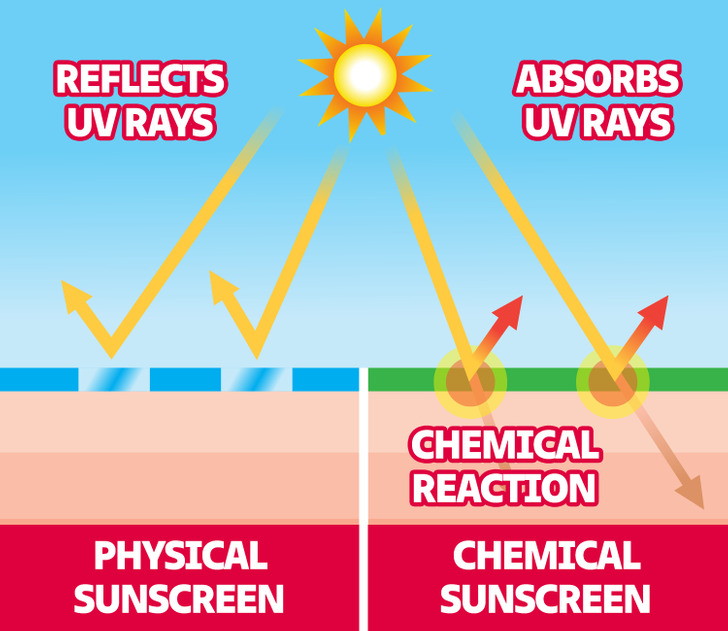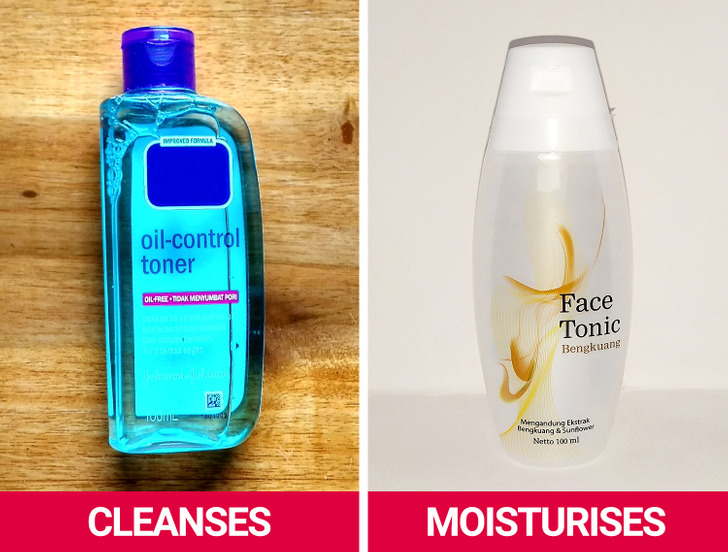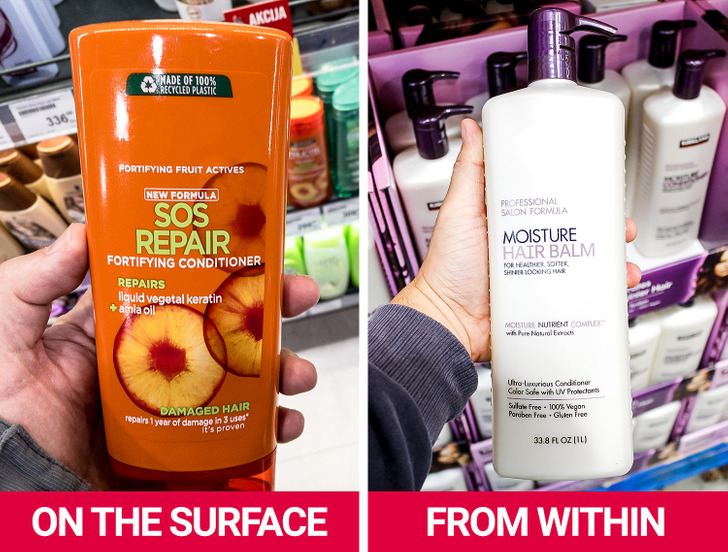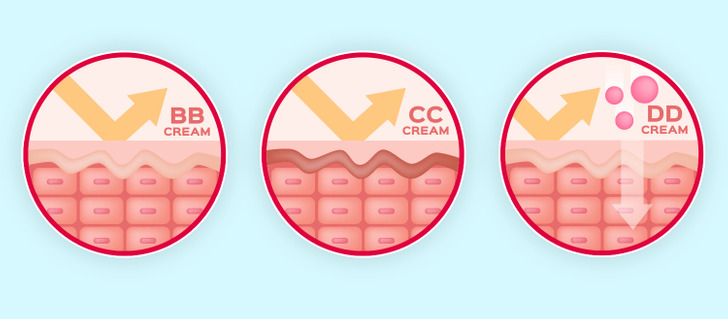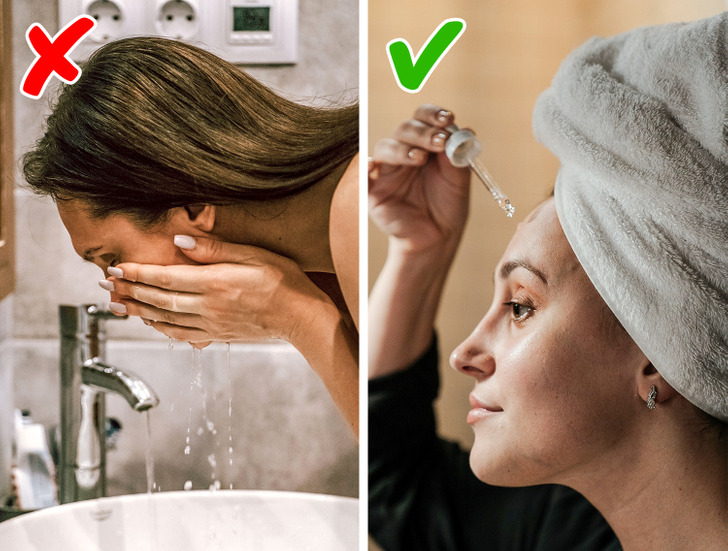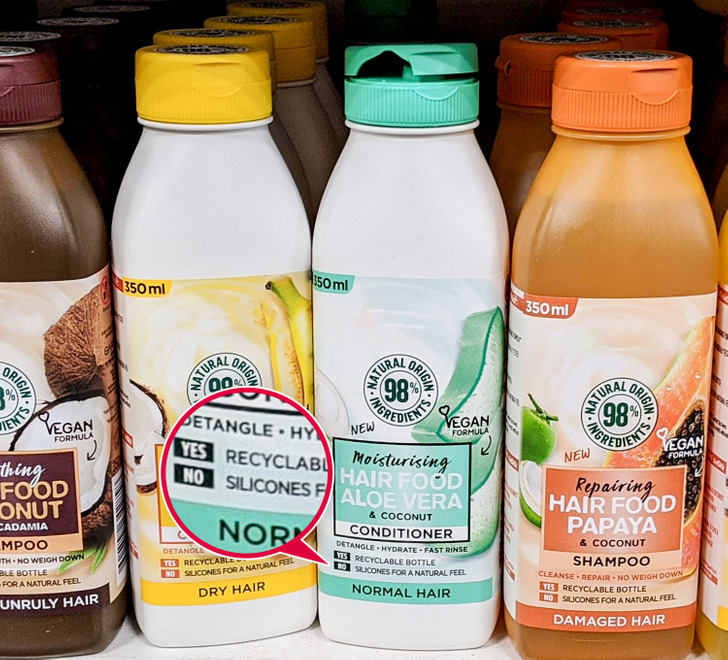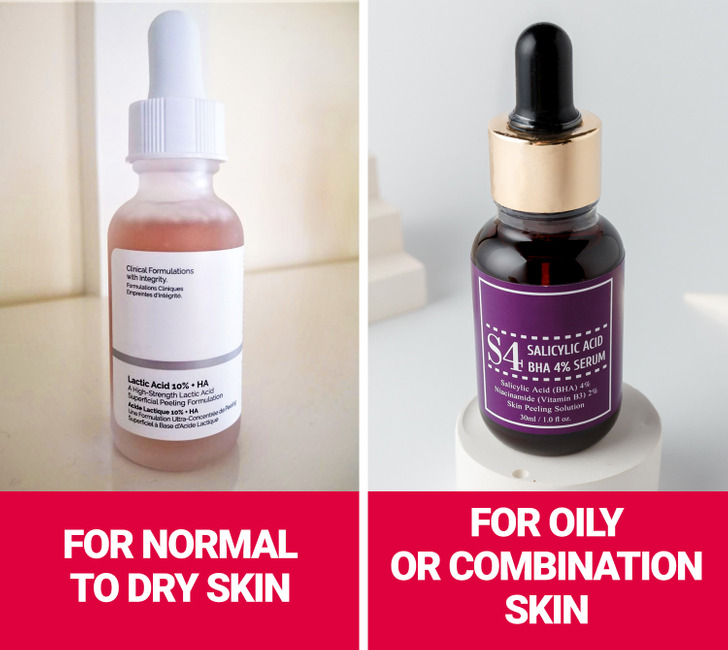12 Facts About Cosmetics, Which Will Help You Choose Products That Really Work
Virtually every packet of cosmetics has a long and descriptive list of its benefits. You’re also likely to find a few short exclaimers that are meant to reassure you that this particular product is sure to do the job. So we’ve compiled 12 facts to help you understand cosmetics labels, and choose the products that will really work for you.
1. As well as an SPF factor, sunscreen may have a PA rating
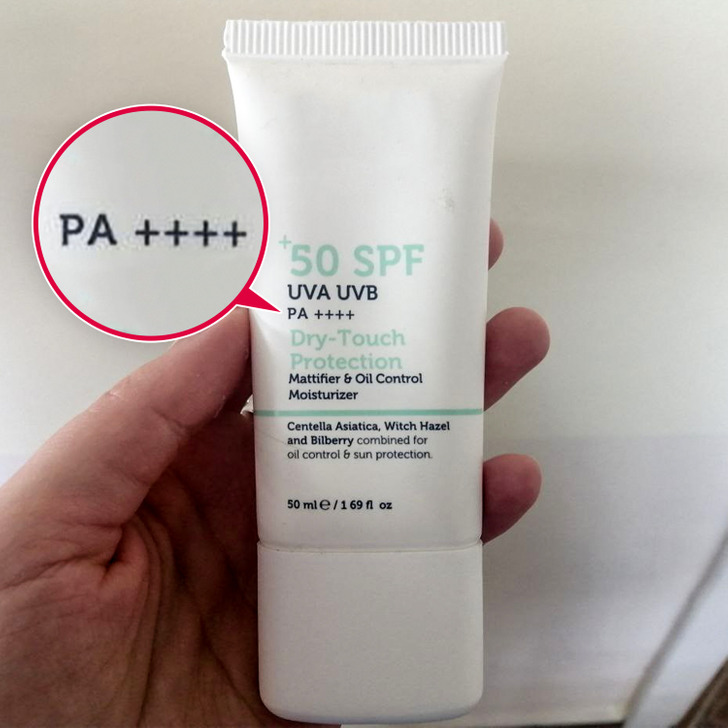
The SPF factor on sunscreen labels refers to the sun protection factor. This is a measure of how long you can stay outdoors and be protected from type B rays, which often cause sunburn. However, UV radiation also contains Type A rays. And that’s exactly what the PA rating system is for. Here’s the key:
- PA+ — Some protection against UVA rays;
- PA++ — Moderate protection against UVA rays;
- PA+++ — High protection against UVA rays;
- PA++++ — Very high protection against UVA rays.
In the past, the PA rating was used together with the SPF factor to indicate that the product protects against both types of UV rays. However, most countries now use the SPF rating to indicate protection against both, type A and type B, rays. Nevertheless, check for both to be sure.
2. Physical sunscreen reflects UV light, while chemical sunscreen blocks it
Sunscreens contain either physical, or chemical filters to perform their functions. Physical filters include titanium dioxide and zinc oxide. They either reflect or scatter UV rays to prevent them from penetrating the skin.
Chemical filters include octocrylene, avobenzone, oxybenzone, and other substances. Unlike physical filters, they absorb the sun’s rays. Both types are effective, but if you’re prone to allergic reactions, it’s better to choose physical filters. Chemical ones can provoke skin irritation.
3. Ingredients are listed in order, from the most used, to the least
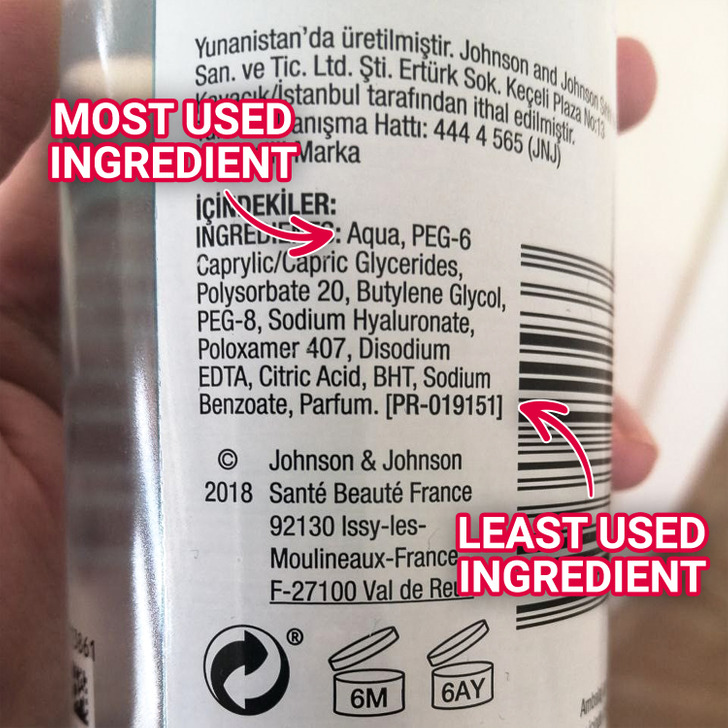
The ingredients in cosmetics are listed as follows: those present in the highest quantities go first, followed by the others in descending order. However, this rule doesn’t apply to ingredients that are present in concentrations of less than 1%. They don’t have to be listed in any particular order and can be arbitrarily listed at the end of the list.
This seems to tell us, that if an ingredient is at the end of the list, there’s not as much of it in the recipe as you might expect. But that doesn’t mean it’s ineffective or unimportant. Some ingredients work in much smaller quantities. For example, most over-the-counter products that contain retinol have concentrations of 0.025 to 0.1 %, which is considered an effective dosage.
4. Retinol and Vitamin C can be “hidden” under a different name
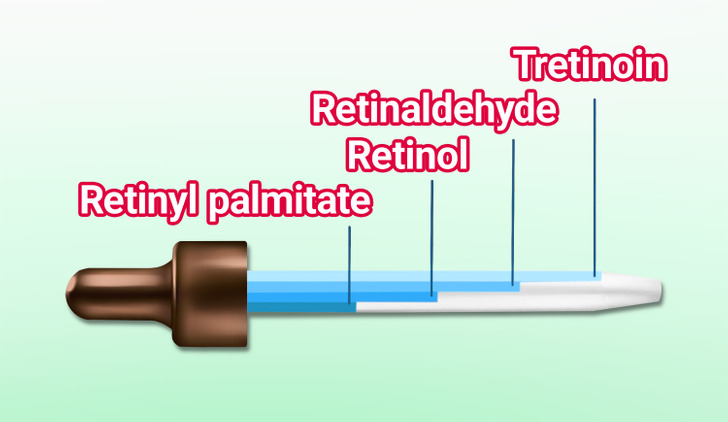
If the label states, that the product contains retinol or vitamin C, this doesn’t mean that they can be found under those names in the ingredient list. However, the name of the specific substance is important for understanding its efficacy and the likelihood of skin irritation.
For instance, four retinoids are used in cosmetics. They differ in their potency. The weakest retinoid is retinyl palmitate, which is an ester of vitamin A and palmitic acid. Retinol itself is considered to be more effective. Retinaldehyde and tretinoin have an even more pronounced effect. However, the stronger the form of retinoid, the more likely it is to irritate the skin.
The situation is different when it comes to vitamin C. L-ascorbic acid is its most active and studied form, but it is unstable and doesn’t readily penetrate the skin. A more stable ingredient is tetrahexyldecyl ascorbate, a modified form of L-ascorbic acid. But for people with sensitive skin, milder substances, such as magnesium ascorbyl phosphate, might be a better choice.
5. Toner cleanses the skin, while tonic moisturizes
Toner, and tonics, are liquid cosmetic products that are usually applied to the skin after cleansing and before using serums and creams. However, their main function is actually different.
Toner helps to deeply cleanse the skin by removing residual cleanser and unclogging pores with the help of AHA acids. It also prepares the skin for the moisturizing phase. The tonic doesn’t cleanse, but instead, moisturizes and conditions the skin. Therefore, moisturizing ingredients can be found in their composition.
6. Conditioner works on the surface of your hair, while a balm nourishes it
Both, a conditioner and a balm, are applied to the hair immediately after shampooing. They have a similar effect, improving the appearance and texture of your hair, making it soft and manageable, easier to comb, as well as protecting it from damage. However, conditioners are lighter in texture and often only work on the surface of your hair. A balm, on the other hand, penetrates deeper into the hair structure, working from within to combat dryness, damage, and other problems.
7. ВВ-, СС- and DD- creams differ in weight and function
You can often find letter abbreviations on moisturizing creams with a toning effect. It’s important to understand what they mean, in order to find the best care product for you:
- BB creams, or Beauty Balms, are lightweight moisturizers that can serve as a base for make-up. They usually contain sunscreen and skin-toning ingredients. The result is something in between a regular cream and a toner.
- CC creams, or Colour Correcting creams, are thicker products that help even out skin tone and texture and conceal age spots and redness.
- DD creams, or Dynamic Do-All, combine the properties of BB and CC, in addition to providing protection. They prepare the skin for make-up application, moisturize, even out skin tone, and protect against UV rays.
8. Not all cosmetics containing peptides are effective
Peptides in cosmetics are used to fight the signs of aging. They help cells produce more collagen, which, in turn, reduces wrinkles and improves skin firmness.
Peptides can be found in cleansers, facial masks, serums, and moisturizers. But not all of them are effective. Cleansing products, for example, get washed off almost immediately, which doesn’t allow time for the peptides to take effect. Serums and creams, on the other hand, stay on the skin longer and are considered to be more effective with peptides.
9. There should be no silicones in co-washing products
Co-washing, or conditioner-only washing, involves fully, or partially, stopping the use of shampoo, and washing your hair only with conditioner. The latter should be chosen carefully, though, even if the product is labeled “cleansing conditioner” or “suitable for co-washing”. There should be no silicones, like dimethicone, in the recipe. This will only weigh hair down and can cause discomfort.
10. AHA and BHA acids are used for different skin types
On the label of chemical peel products, you may come across the abbreviations ’AHA’ and ’BHA’. Here’s how they differ:
- AHAs, or alpha hydroxy acids, are a group that includes lactic acid, glycolic acid, malic acid, and citric acid. They gently exfoliate the skin, while the lactic acid also moisturizes it. Hence, AHAs are recommended for normal to dry skin.
- BHAs, or beta hydroxy acids, are a group of acids of which salicylic acid is the most common. It is suitable for oily and combination skin types because it provides deep exfoliation, clears clogged pores, dissolves sebum, and reduces inflammation.
11. Cleansers containing SLS can also be gentle
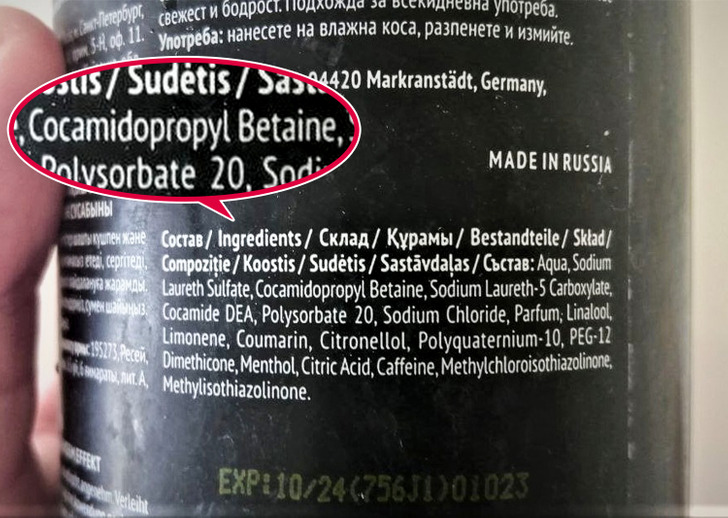
In our search for gentle cleansers, we often pay attention to the “SLS free” label on the packaging. But even if sodium lauryl sulfate is included in the recipe, cosmetics can still cleanse the skin gently, without causing irritation.
The most important thing to remember is that the product should contain surfactants other than SLS. In mild cleansers, it is often mixed with the gentler cocamidopropyl betaine and coco glucoside, or decyl glucoside. In addition, conditioning and moisturizing agents are added. The result is a product that cleanses effectively thanks to the SLS, and is gentle on the skin because of the other ingredients.
12. The shelf life of a cosmetic product is usually counted down from the day of opening it
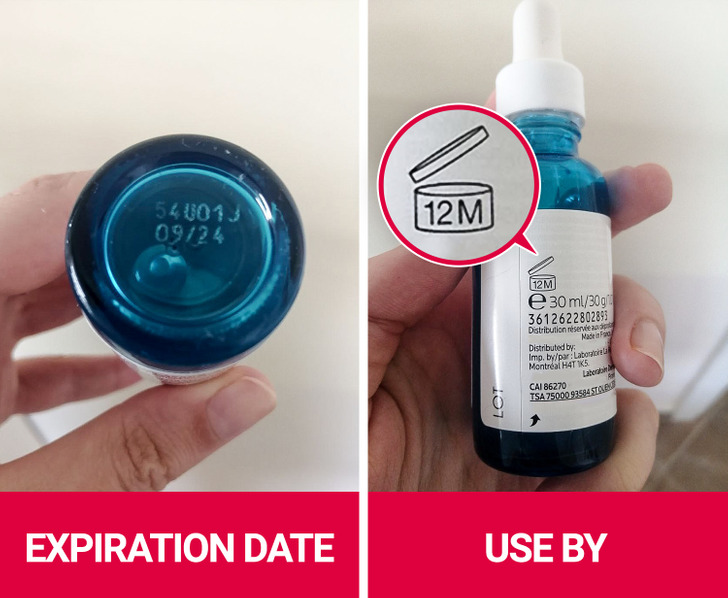
We are used to the idea that a product can be used all the way up until the expiration date. However, when it comes to cosmetics, it is only suitable and safe for use for a certain period of time after opening. This is indicated on the symbol which looks like an open tin. The number refers to the number of months the product should be used after opening.
What do you look for when buying cosmetics?
